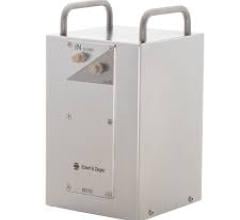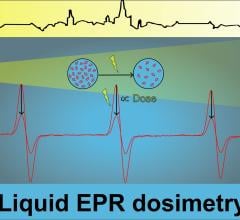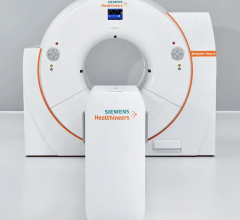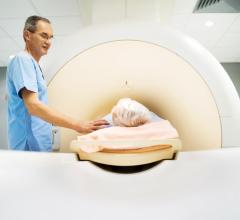
Versatile Emission Computed Tomography (VECTor) combines microPET and microSPECT.
June 2, 2010 - TU Delft and Molecular Imaging Labs (MI Labs) have succeeded in combining two forms of medical imaging techniques into one piece of equipment. The two techniques are known as micro positron emission tomography (microPET) and micro single photon emission computed tomography (microSPECT).
These techniques are useful for cancer research for SPECT and PET performed simultaneously, which delivers even higher resolution than traditional microSPECT and microPET.
The new device, Versatile Emission Computed Tomography (VECTor), is designed for use in fundamental research into the functioning of cells and organs. It can show functional details smaller than half a millimeter.
PET and SPECT are also commonly used to carry out fundamental research into living cells and disease mechanisms or to develop better methods of diagnosis and treatment. The equipment that was developed at TU Delft and MI Labs designed for fundamental research using experimental animal models. The combined PET/SPECT apparatus offers extremely high resolution, reduces use of laboratory animals and also offers financial savings when carrying out research in this area. Previously, both types of equipment would have had to be bought separately and less information could be gained from each individual animal.
The U-SPECT, and later the combined U-SPECT/PET scanner, is currently being used for research using mice. The challenge for scientists is to build a hybrid SPECT/CT that can be used on humans to detect tumors at an early stage.
For more information: www.tudelft.nl


 July 25, 2024
July 25, 2024 








